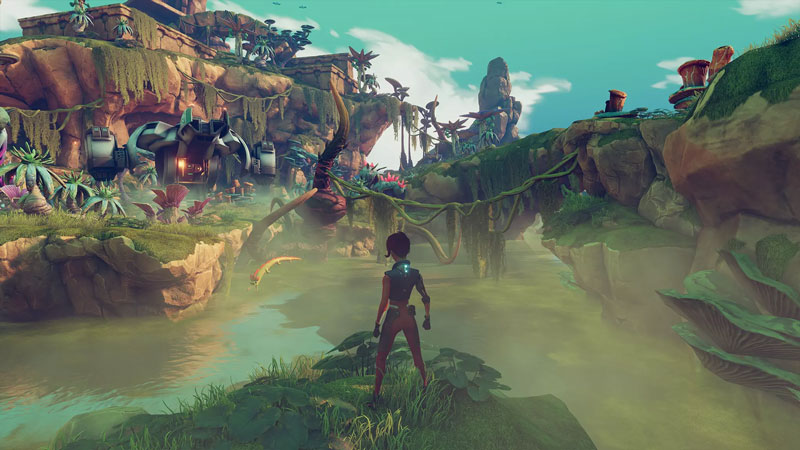Introduction to render pipelines
A render pipelineA series of operations that take the contents of a Scene, and displays them on a screen. Unity lets you choose from pre-built render pipelines, or write your own. More info
See in Glossary takes the objects in a sceneA Scene contains the environments and menus of your game. Think of each unique Scene file as a unique level. In each Scene, you place your environments, obstacles, and decorations, essentially designing and building your game in pieces. More info
See in Glossary and displays them on-screen.
How a render pipeline works
A render pipeline follows these steps:
- Culling, where the pipeline decides which objects from the scene to display. This usually means it removes objects that are outside the cameraA component which creates an image of a particular viewpoint in your scene. The output is either drawn to the screen or captured as a texture. More info
See in Glossary view (frustum culling) or hidden behind other objects (occlusion cullingA process that disables rendering GameObjects that are hidden (occluded) from the view of the camera. More info
See in Glossary). - Rendering, where the pipeline draws the objects with their correct lighting into pixelThe smallest unit in a computer image. Pixel size depends on your screen resolution. Pixel lighting is calculated at every screen pixel. More info
See in Glossary buffers. - Post-processingA process that improves product visuals by applying filters and effects before the image appears on screen. You can use post-processing effects to simulate physical camera and film properties, for example Bloom and Depth of Field. More info post processing, postprocessing, postprocess
See in Glossary, where the pipeline modifies the pixel buffers to generate the final output frame for the display. Example of modifications include color grading, bloom, and depth of fieldA post-processing effect that simulates the focus properties of a camera lens. More info
See in Glossary.
A render pipeline repeats these steps each time Unity generates a new frame.
Render pipelines in Unity
In Unity, you can use one of the following pre-built render pipelines for your project.
The Built-In Render Pipeline is Unity’s default render pipeline. It’s a general purpose render pipeline with limited options for customization.

The Universal Render Pipeline (URP) is a Scriptable Render Pipeline that you can customize. It lets you create scalable graphics across a wide range of platforms.

The High Definition Render Pipeline (HDRP) is a Scriptable Render Pipeline that lets you create cutting-edge, high-fidelity graphics on high-end platforms.

The Scriptable Render Pipelines let you inspect and change how culling, rendering, and post-processing work directly in C#. This level of customization is also possible in the Built-In Render Pipeline when you purchase access to the Unity engine’s source code in C++.
If you’re an experienced graphics developer with advanced customization needs, you can also create your own custom render pipeline using Unity’s Scriptable Render Pipeline API.
Refer to Choose a render pipeline for more information about choosing the right pipeline for your project.